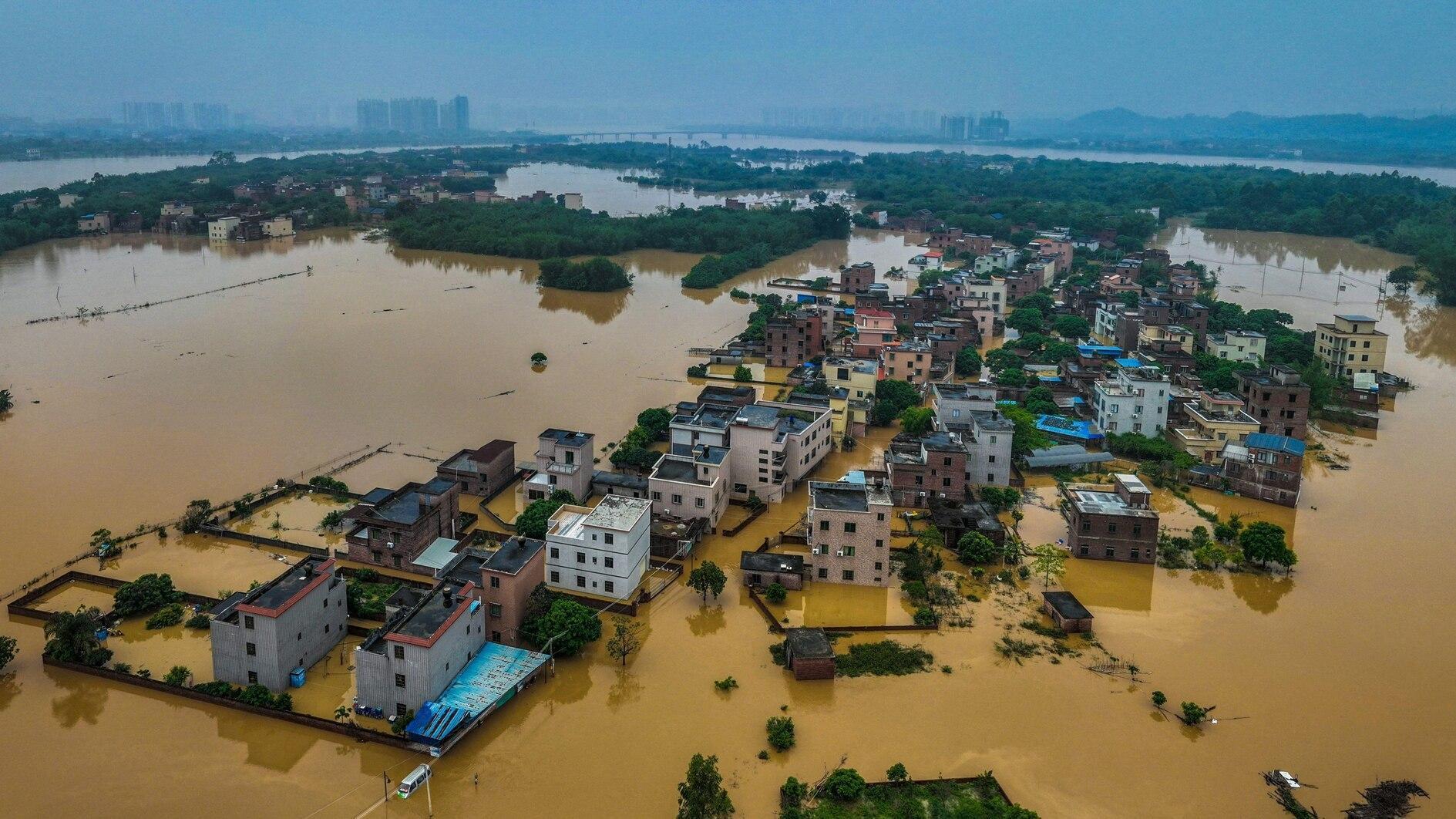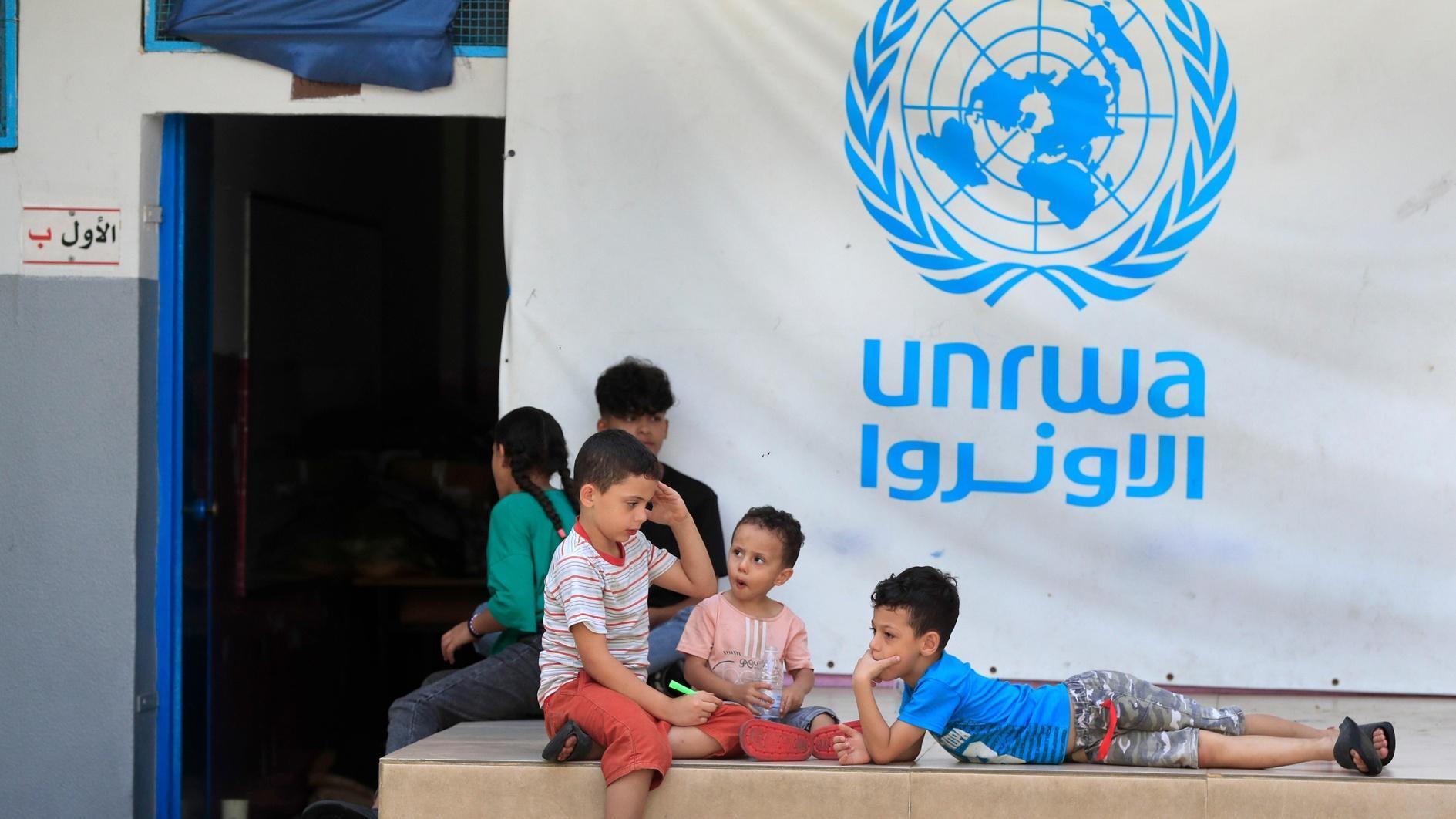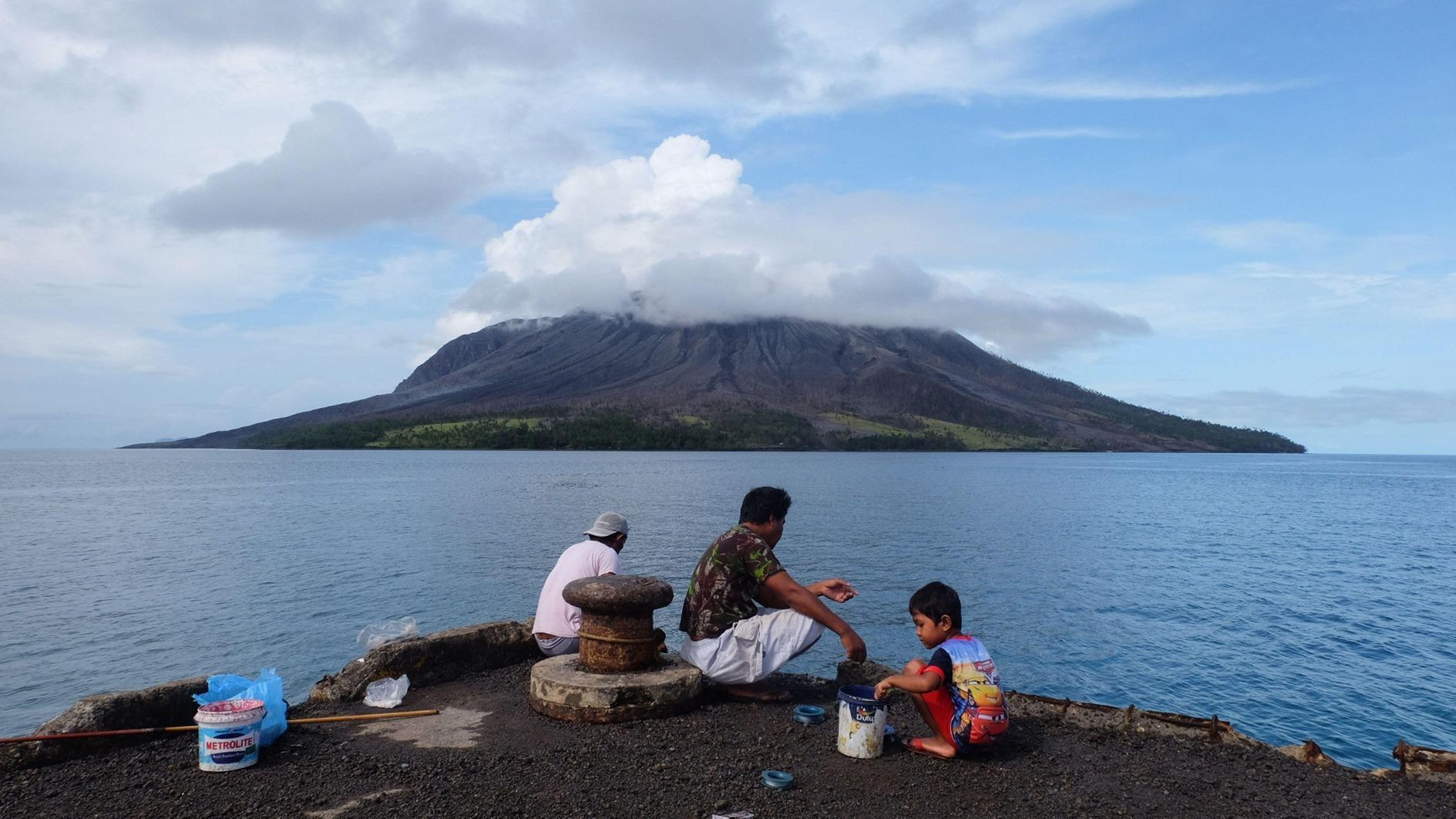Syria, the climate, and the future
SOLİ ÖZEL
Recently, a researcher who is an expert in Middle Eastern matters wrote “Ankara is still a teenager in Middle Eastern issues.” It is certain that this impression of inexperience was created because of the deep gap between the foreign policy and the discourse followed and its obvious results.There is also another weakness in the Turkish public’s debating of the Syrian issue stemming from its point of view. The demographic, economic and climatic dimensions of the crisis being experienced are not tackled. Whereas, disaster stories arriving from around the world demonstrate that the future of the region cannot only be comprehended through concepts such as creating a wider market, obtaining strategic superiority or depth or reviving a civilization.
Thomas Friedman from the New York Times has been reporting from Yemen and Syria for three weeks. Yemen is the first country in the world to have almost used up all its water resources. This is one of the reasons, as well as political reasons, for the violence in the country and why a segment of the society is fast becoming radicalized. Nowadays, the Yemenis are trying to recover from even worse consequences of the disaster.
The fact that Syria was suffering from severe drought for at least three of the past six years, has a huge share in the background of the Syrian war. Friedman wrote, “This Syrian disaster is like a superstorm. It’s what happens when an extreme weather event, the worst drought in Syria’s modern history, combines with a fast-growing population and a repressive and corrupt regime and unleashes extreme sectarian and religious passions, fueled by money from rival outside powers.”
When the climate factor is taken into account, data revealed by scientists a couple of weeks ago should be reviewed. An observatory in Hawaii recorded at the beginning of May that the amount of carbon dioxide in the atmosphere that causes the greenhouse effect has reached 400 parts per million (ppm). Scientists refer to this as the point of no return.
Efforts to decrease the carbon dioxide emissions cannot match the rate of the emission of this gas. This last measurement is 50 parts more than the 350 parts regarded as the top limit to protect mankind from the worst outcomes of climate change. The result of this 50 parts difference has been the melting of the glaciers in the South Pole.
The biggest factor in the emission of carbon dioxide is the usage of fossil fuels. On one hand, the consumption of these fuels should be decreased while on the other hand, the world needs to get used to warmer weather, rising sea levels and extreme climate conditions.
In topics such as the effect of greenhouse gasses and the climate change, all the efforts exerted, the amount of written and verbal material for years, actually has not gotten us anywhere. There are many reasons for this indifference. Vested interests created by an economy based on fossil fuels are only one of them.
Also, populations of poor countries want to become rich quickly according to the existing energy model. Nobody cares about the ethical theses concerning the situation of future generations.
The Middle East region is in line for major troubles regarding issues such as the amount of water available, the quality of the soil and vulnerability against climate change. If Turkey, situated upstream of the Euphrates and Tigris rivers, really wants a peaceful, clash-free region in the future that produces a joint welfare, then it should develop convincing political projects to solve concrete environmental issues before the “visions” of unity of Islam and improvement of the Ottoman geography.
Soli Özel is a columnist for daily HaberTürk in which this piece was published on May 22. It was translated into English by the Daily News staff.
SOLİ ÖZEL - sozel@htgazete.com.tr











